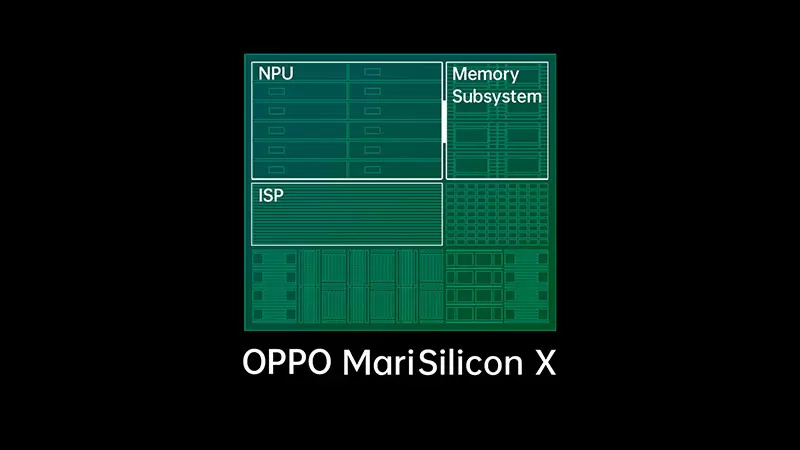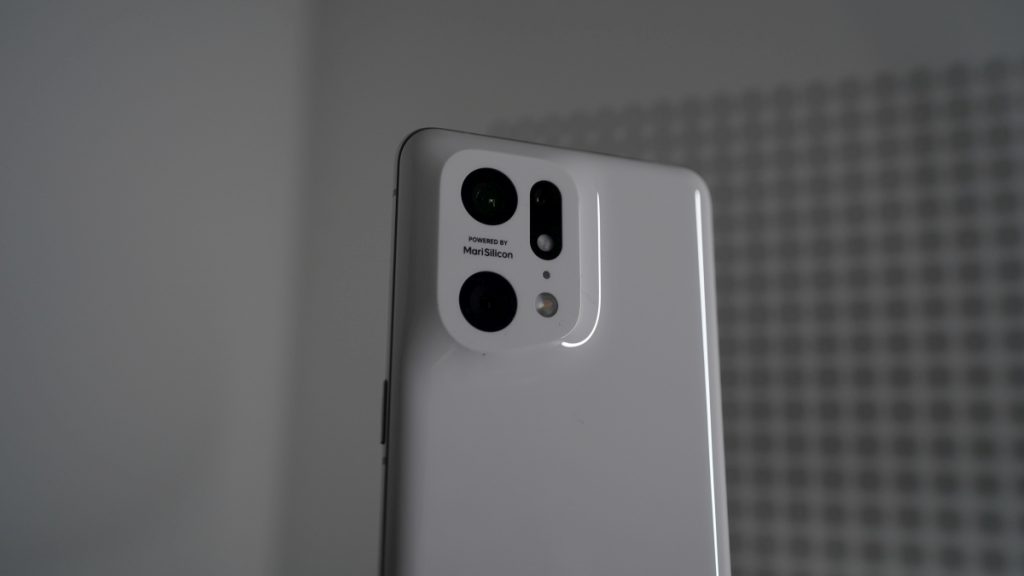This post is brought to you by OPPO.
Lighting is one of the most important factors in photography. Besides determining the brightness of your photo, it also sets the mood, tone, and atmosphere. Smartphone cameras have become really good at handling lighting when shooting photos during the day when there is a lot of light to manipulate.

It’s when the sun sets, and the city lights come on that smartphone cameras typically struggle to capture a bright image in a night-time setting. An equally difficult challenge for those cameras is managing the noise level in the picture. For those unfamiliar with the term, noise in a picture refers to a type of visual distortion that manifests as film grain or patches of discolouration.

To solve these issues, OPPO engineered a brand-new computational image processor called MariSilicon X and paired it with the OPPO Find X5 Pro 5G.

Built on a 6nm process, the OPPO-developed MariSilicon X was specifically designed to process photos and videos captured using the cameras. It features a neural processing unit (NPU), an image signal processor and dedicated fast memory of up to 8.5GB/s.

Utilising these hardware components, the MariSilicon X can perform complex AI Noise Reduction algorithms to create clearer and sharper photos, especially for night-time photography.

By leveraging the computational power of the MariSilicon X, the Find X5 Pro 5G is able to give you a live preview of the image with the AI Noise Reduction algorithm applied. This means you no longer need to snap the scene and let the phone process the image before seeing the final photo.


Normally, to capture as much light as possible, the shutter speed must be reduced making the camera more susceptible to shaky hands. So, unless you deploy a tripod, the result is a blurry and unusable image. Now, bringing a tripod with you takes away some of the conveniences of mobile photography.

To help keep the frame steady, OPPO gave the Find X5 Pro 5G a pro-level 5-axis optical image stabilisation on the primary 50MP wide-angle camera. Firstly, the camera lens features 2-axis optical image stabilisation which allows movement on the horizontal and vertical axis. Meanwhile, the image sensor itself has sensor-shift stabilisation, which allows another 3-axis of movement on the horizontal and vertical axis, as well as rotation movement by a couple of degrees.


Working together, the system provides up to 3 degrees of anti-shake compensation to produce a steady shoot. As a result, your night-time photos remain clear as possible.


Further improving the quality of your photos is a more capable HDR processing that is made possible by the MariSilicon X. The Find X5 Pro 5G is able to quadruple its HDR capabilities compared to the Find X3 Pro which was released just a year ago. Besides that, the contrast ratio also gets a boost to 1,000,000:1 between the brightest and darkest areas.

Complementing the powerful camera components of the Find X5 Pro 5G is a set of flagship hardware to deliver fast and snappy performance. Powering OPPO’s flagship smartphone is a Qualcomm Snapdragon 8 Gen 1 processor with 12GB of RAM and 256GB of internal storage. Additionally, a Snapdragon X60 5G Modem provides Gigabit speeds on 5G when you’re on the move.

Rounding things up is a large 5,000mAh battery with support for OPPO’s 80W SuperVOOC charging using the included charger in the box. You can get a 50% charge in just 12 minutes which makes the Find X5 Pro 5G one of the fastest charging flagship phones on the market today.
Find out more about the OPPO and Hasselblad partnership, and other features offered by the OPPO Find X5 Pro 5G today.






